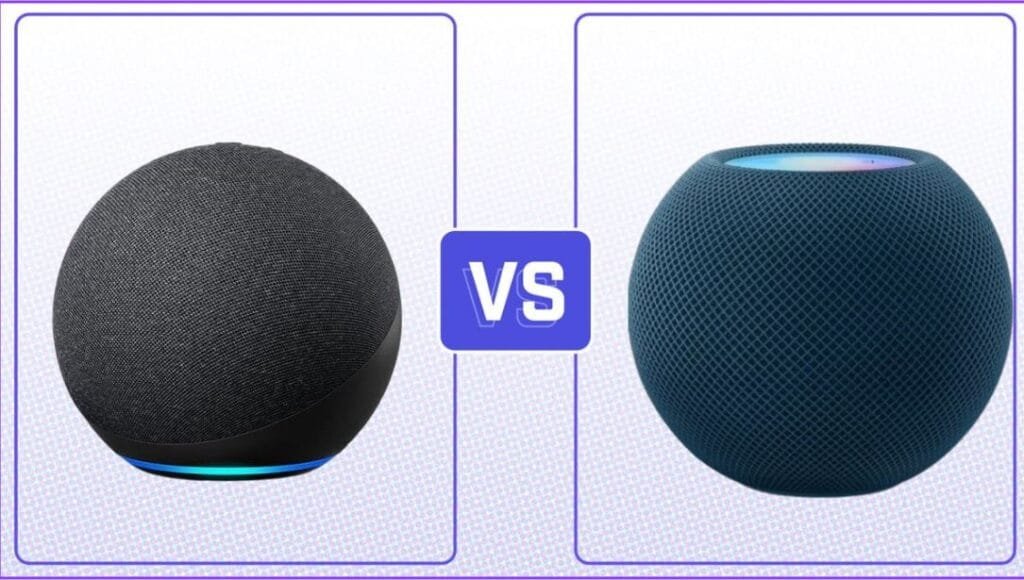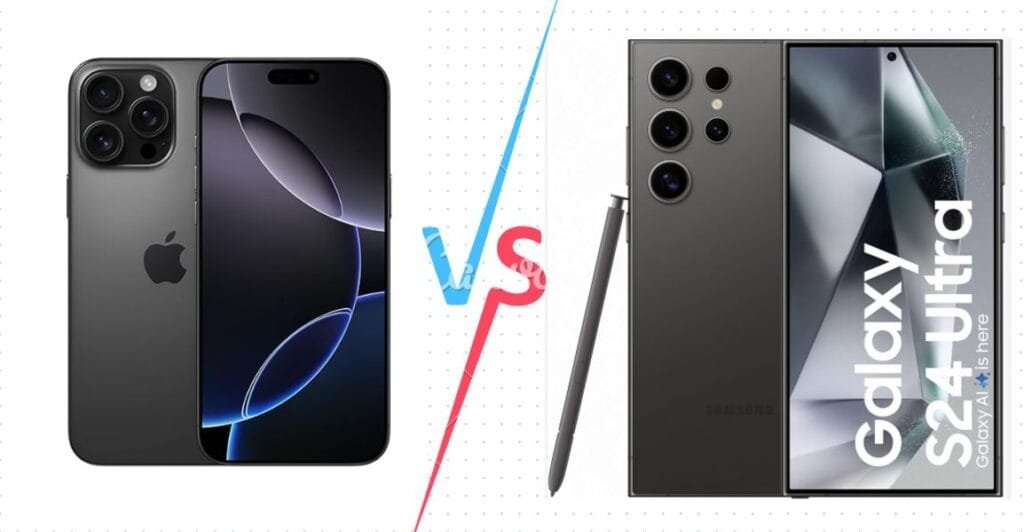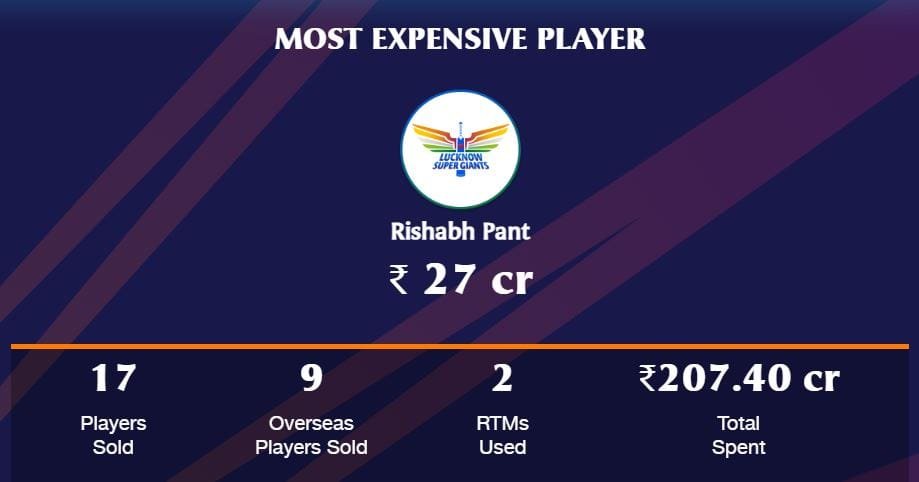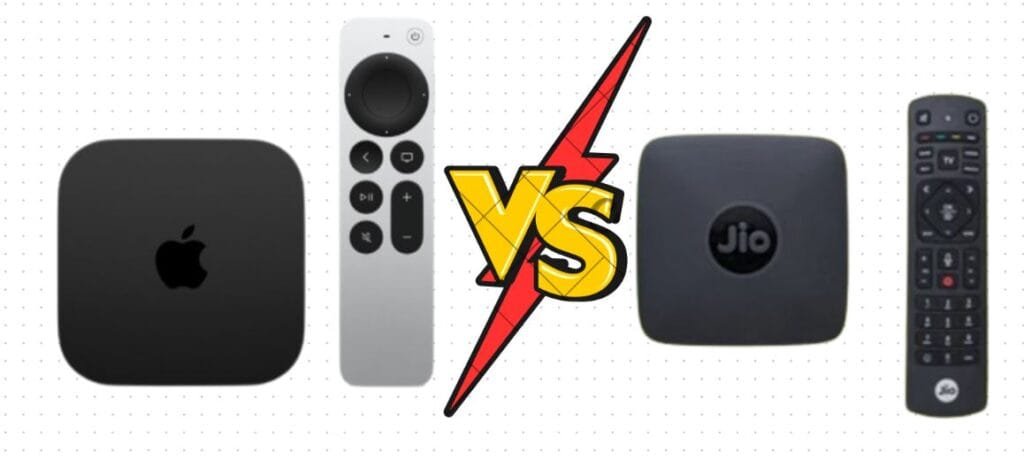comparison between Amazon Alexa and Apple Siri

1. Core Purpose
Amazon Alexa:
- A virtual assistant developed by Amazon.
- Known for its integration with smart home devices and wide compatibility.
- Runs on Amazon Echo devices, Fire TVs, and third-party gadgets.
Apple Siri:
- Apple’s virtual assistant designed to enhance usability across its ecosystem.
- Known for its focus on privacy and deep integration with Apple devices (iPhone, iPad, Mac, Apple Watch, etc.).
- Limited availability on non-Apple platforms.
Key Difference:
Alexa excels in smart home integration and compatibility, while Siri is tailored for seamless operation within the Apple ecosystem.
2. Voice Recognition and Interaction
Amazon Alexa:
- Multi-user support with voice profile recognition, allowing personalized responses for up to 10 users.
- Responds to the wake word “Alexa” (or customizable wake words like “Echo” or “Computer”).
- Offers conversational AI but can feel less natural than Siri in responses.
Apple Siri:
- Works with voice matching for identifying individual users on shared Apple devices.
- Triggered by “Hey Siri.”
- Responses are often more natural, with better integration for follow-up questions.
Key Difference:
Alexa has more flexibility for multi-user households, while Siri’s natural responses and seamless handoffs enhance the Apple experience.
3. Smart Home Integration
Amazon Alexa:
- Supports thousands of smart home devices, including smart lights, cameras, thermostats, and more.
- Compatible with multiple platforms, including Zigbee and Z-Wave via Echo devices.
- Works with Amazon routines, which allow automation of tasks based on triggers (e.g., motion detection, time of day).
- Alexa Guard: Monitors for sounds like smoke alarms when you’re away.
Apple Siri:
- Integrated with Apple HomeKit, supporting a curated range of smart devices.
- Limited compatibility with non-HomeKit devices unless bridged via third-party hubs.
- Focuses on security and privacy, with encrypted data.
- Offers Shortcuts, which let users create personalized voice commands for automating tasks.
Key Difference:
Alexa has broader compatibility and ecosystem support, while Siri offers a more privacy-focused but limited smart home experience.
4. Device Ecosystem
Amazon Alexa:
- Found in Amazon Echo speakers, Echo Show displays, Fire TVs, and third-party smart speakers (e.g., Sonos).
- Widely available on Android and iOS through the Alexa app.
- Works with Alexa-enabled wearables and cars.
Apple Siri:
- Exclusive to Apple devices, including iPhones, iPads, Macs, Apple Watches, AirPods, and Apple TVs.
- Deeply integrated with Apple’s ecosystem for seamless usage.
Key Difference:
Alexa is available on a wider range of devices, while Siri is limited to Apple products but integrates deeply into that ecosystem.
5. Music and Entertainment
Amazon Alexa:
- Compatible with a variety of music streaming services, including Spotify, Amazon Music, Apple Music, Pandora, and more.
- Offers multi-room audio support across Echo devices.
- Can control Fire TV and other Alexa-enabled entertainment systems.
Apple Siri:
- Works seamlessly with Apple Music and Apple Podcasts.
- Limited support for third-party services (Spotify works, but functionality is less smooth than Apple Music).
- Integration with Apple TV for voice control of playback.
Key Difference:
Alexa supports a broader range of music services, while Siri is best for Apple Music and Apple TV users.
6. Third-Party Integrations
Amazon Alexa:
- Extensive support for third-party skills (apps) to expand functionality (e.g., ordering food, tracking fitness, trivia games).
- Developers have more freedom to create integrations.
Apple Siri:
- Relies on Siri Shortcuts for third-party app integration.
- Limited compared to Alexa in terms of external app support.
Key Difference:
Alexa has a richer ecosystem of third-party integrations, while Siri is more restricted but highly efficient within Apple’s ecosystem.
7. Privacy and Security
Amazon Alexa:
- Records and stores user commands on Amazon servers, with options to delete voice recordings.
- Can feel invasive due to its reliance on data collection for personalization.
- Includes privacy controls like muting the microphone on Echo devices.
Apple Siri:
- Prioritizes user privacy; most requests are processed locally on devices.
- Uses anonymized data for learning and does not link requests to user identity.
- Strong encryption ensures voice data is secure.
Key Difference:
Siri is more privacy-focused, while Alexa offers more functionality but collects more data.
8. Language Support
Amazon Alexa:
- Supports over 15 languages, including multiple regional variations.
- Offers bilingual mode (e.g., English and Spanish simultaneously).
Apple Siri:
- Supports 20+ languages, also with regional variations.
- Bilingual functionality is more limited compared to Alexa.
Key Difference:
Both offer robust language options, but Alexa’s bilingual capabilities are more flexible.
9. Pricing
Amazon Alexa:
- Devices are generally more affordable, ranging from $20 (Echo Dot) to $250 (Echo Show 15).
- No additional cost for basic Alexa usage.
Apple Siri:
- No direct cost, but it requires an Apple device, which can be expensive (iPhones, iPads, etc.).
- Siri’s functionality is included in the price of Apple devices.
Key Difference:
Alexa devices are more affordable, while Siri is tied to premium Apple hardware.
10. Customization
Amazon Alexa:
- Highly customizable with routines, skills, and personalized settings for users.
- Offers more freedom to adapt to individual needs.
Apple Siri:
- Limited customization but allows creation of Shortcuts for specific tasks.
- Focuses on simplicity rather than flexibility.
Key Difference:
Alexa offers greater customization options, while Siri prioritizes ease of use.
Summary Table
| Feature | Amazon Alexa | Apple Siri |
|---|---|---|
| Compatibility | Works with a wide range of devices | Limited to Apple ecosystem |
| Smart Home | Broad compatibility, supports Zigbee/Z-Wave | Limited to HomeKit devices |
| Music Support | Multiple services (Spotify, Amazon Music) | Best for Apple Music |
| Privacy | Data collected on cloud servers | Processes locally, more private |
| Customization | Highly customizable | Focused on simplicity |
| Device Cost | Affordable (Echo devices start at $20) | Requires premium Apple devices |
Final Thoughts: Which One Should You Choose?
Choose Amazon Alexa if:
- You want wide smart home compatibility and customization.
- Budget-friendly devices are a priority.
- You use multiple platforms (Android, Windows, etc.).
Choose Apple Siri if:
- You’re deeply invested in the Apple ecosystem.
- Privacy and security are critical.
- You prefer simplicity and seamless device integration.










